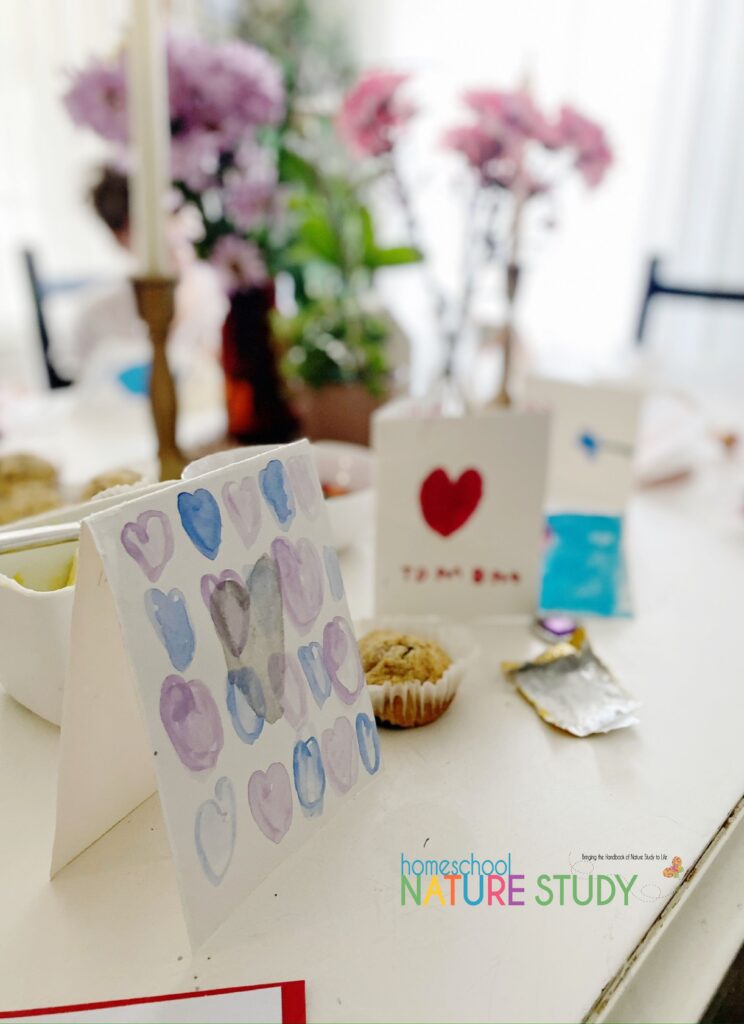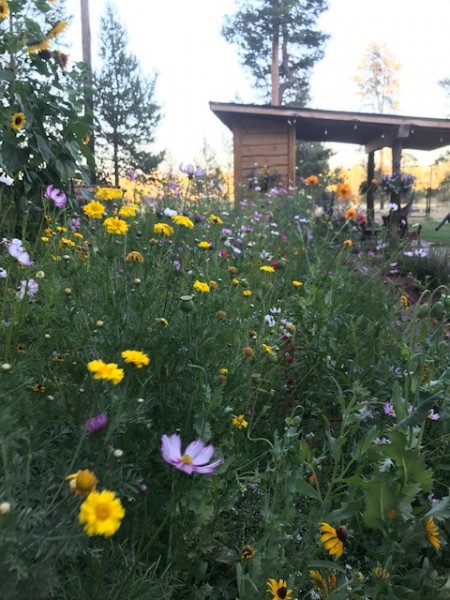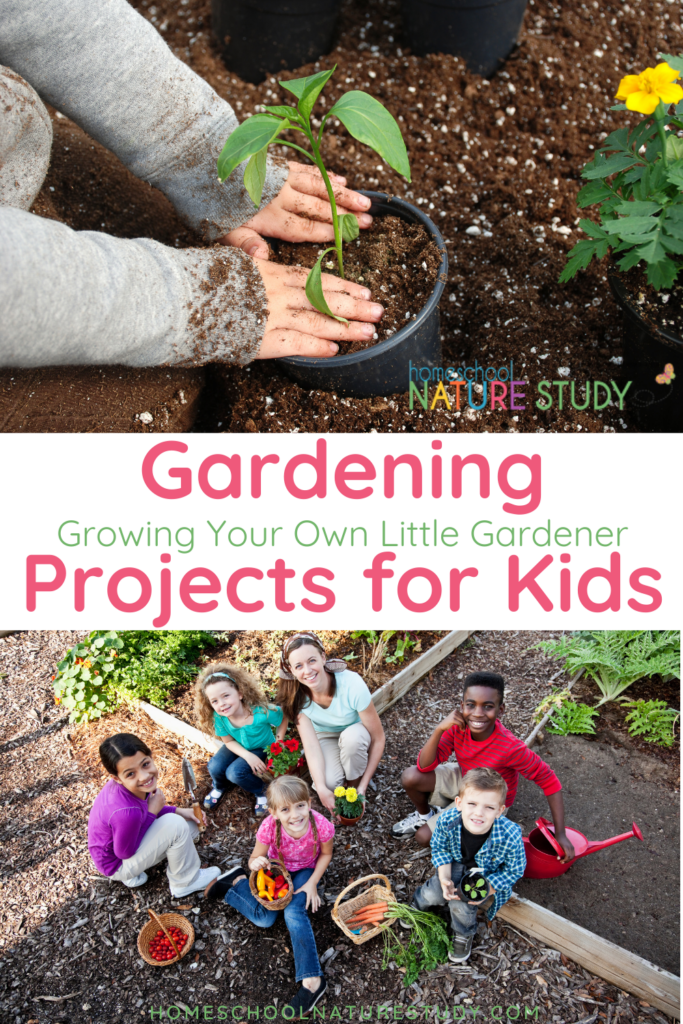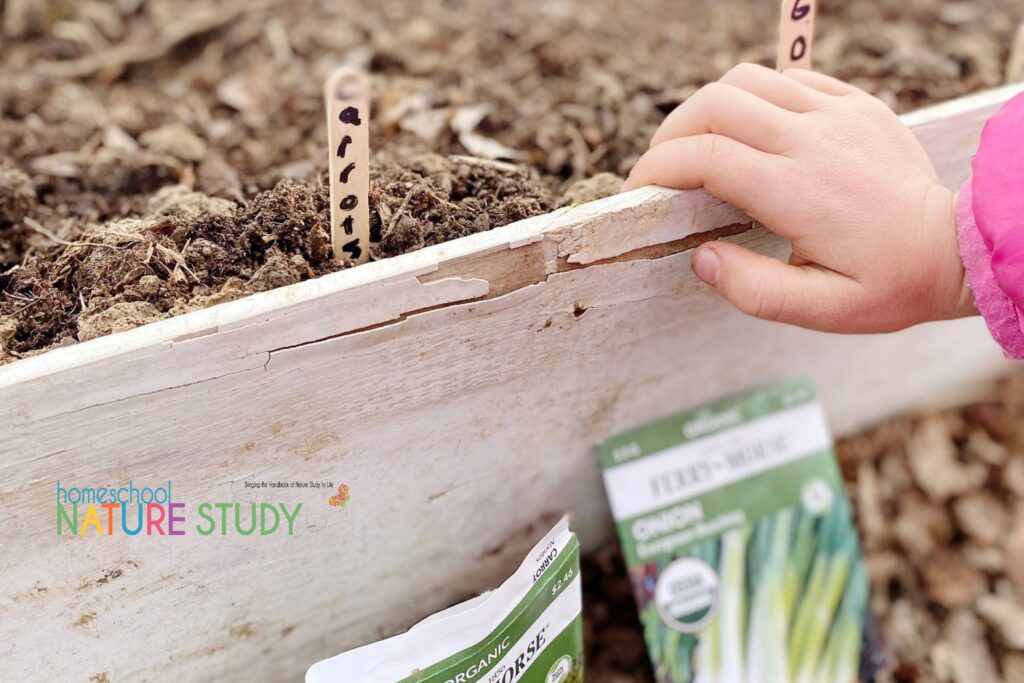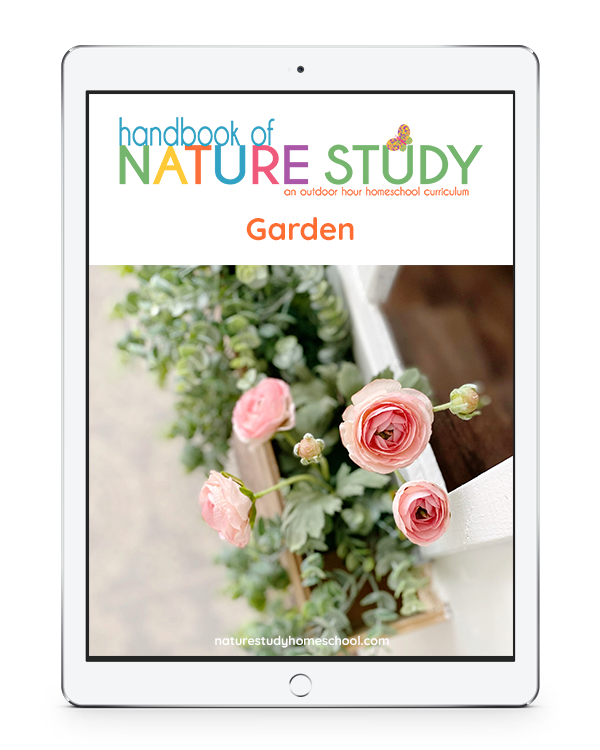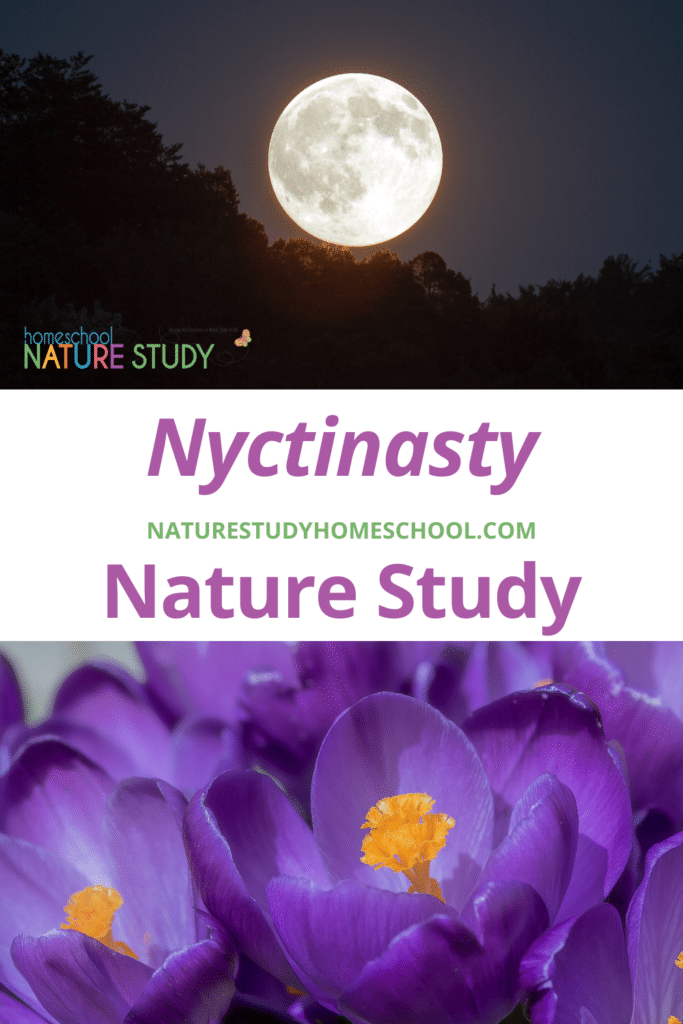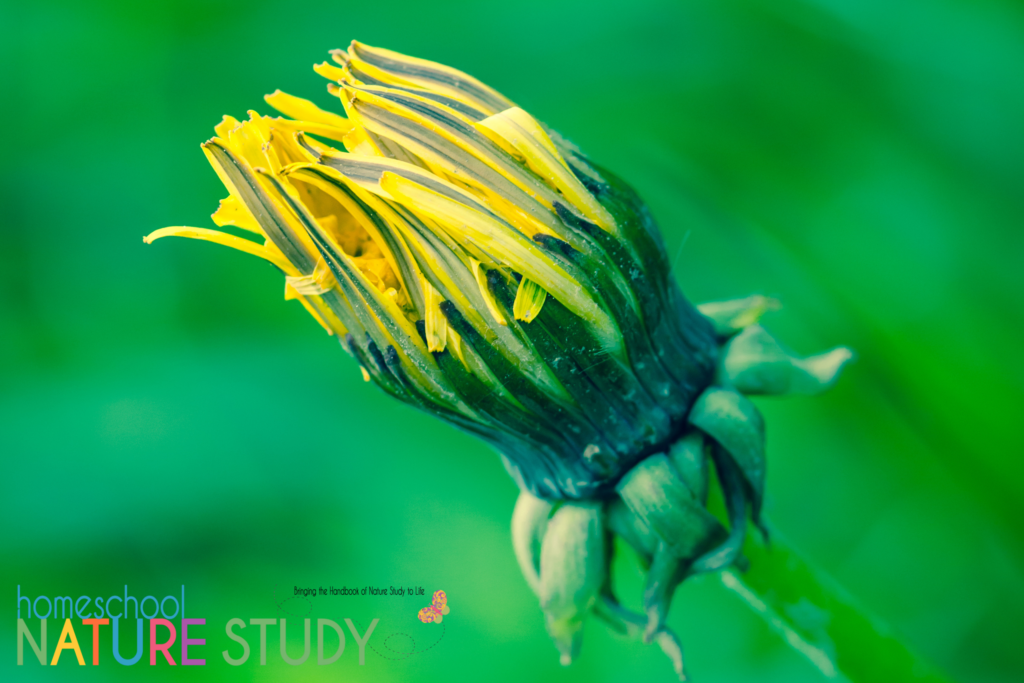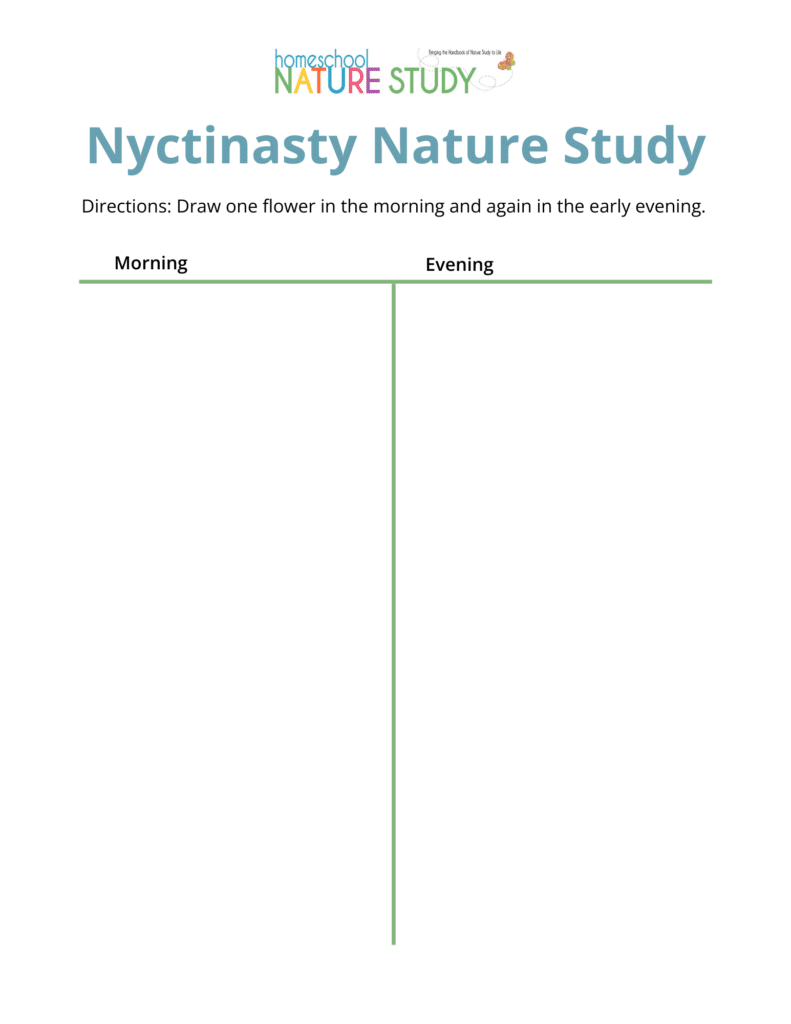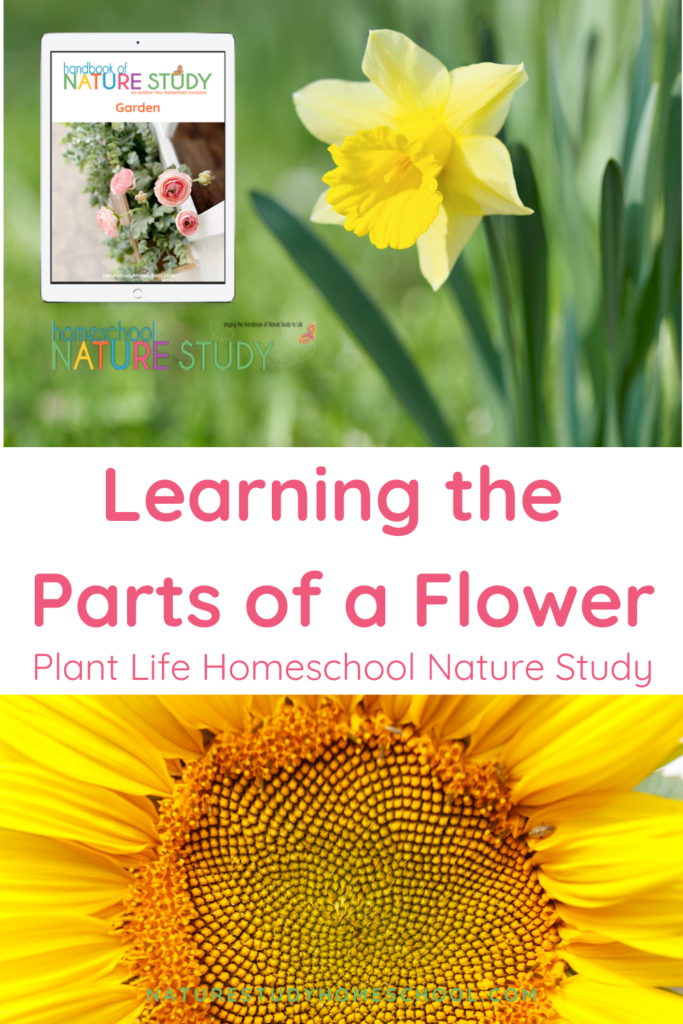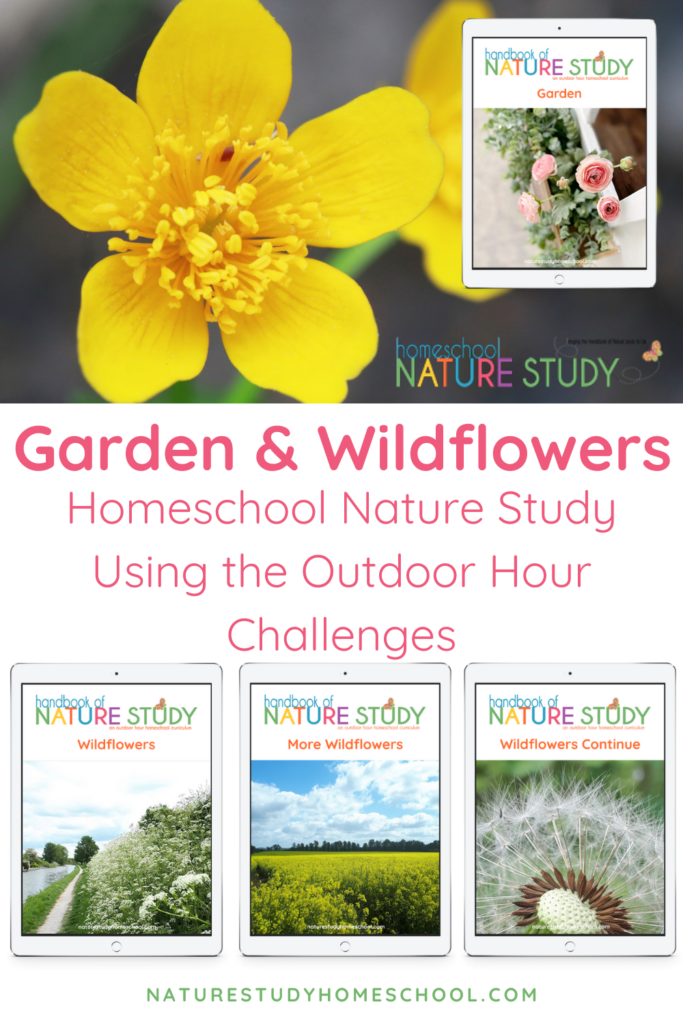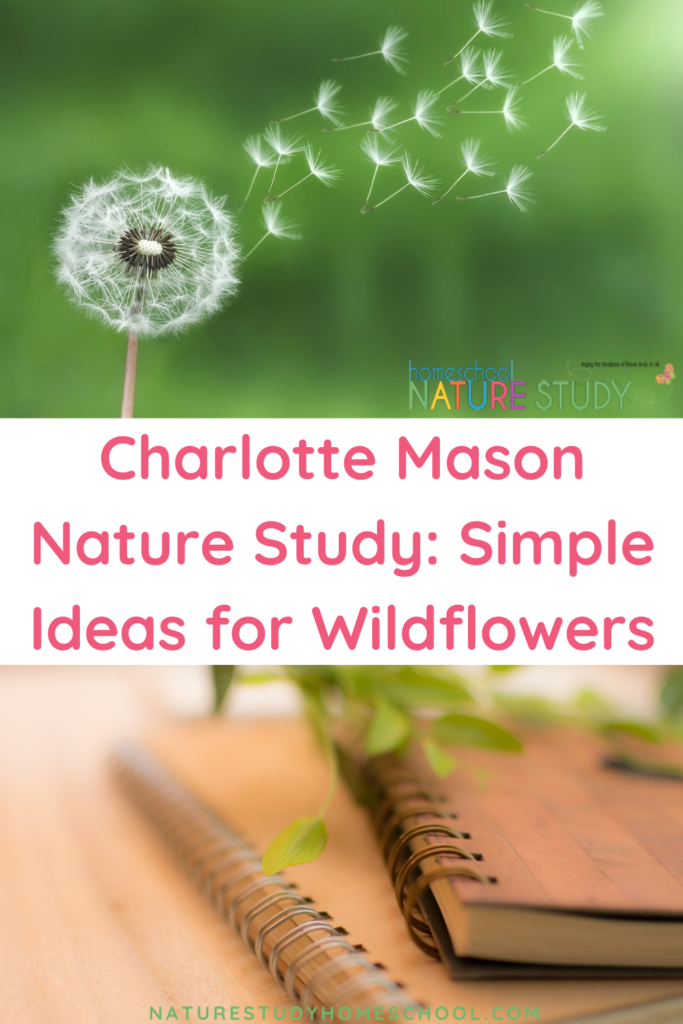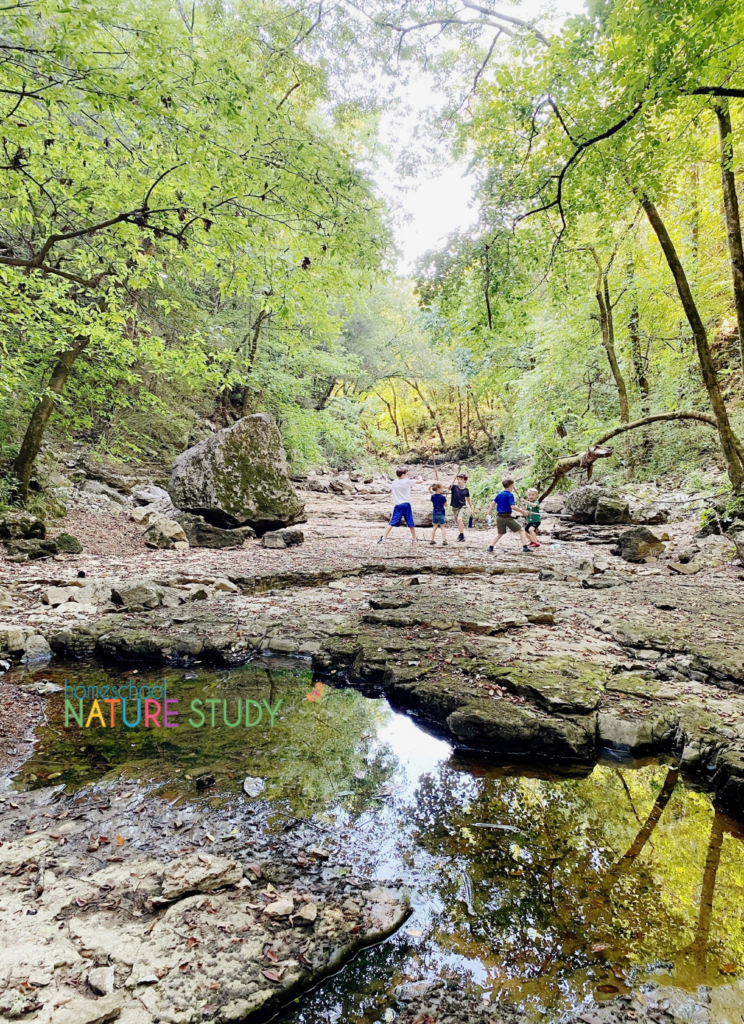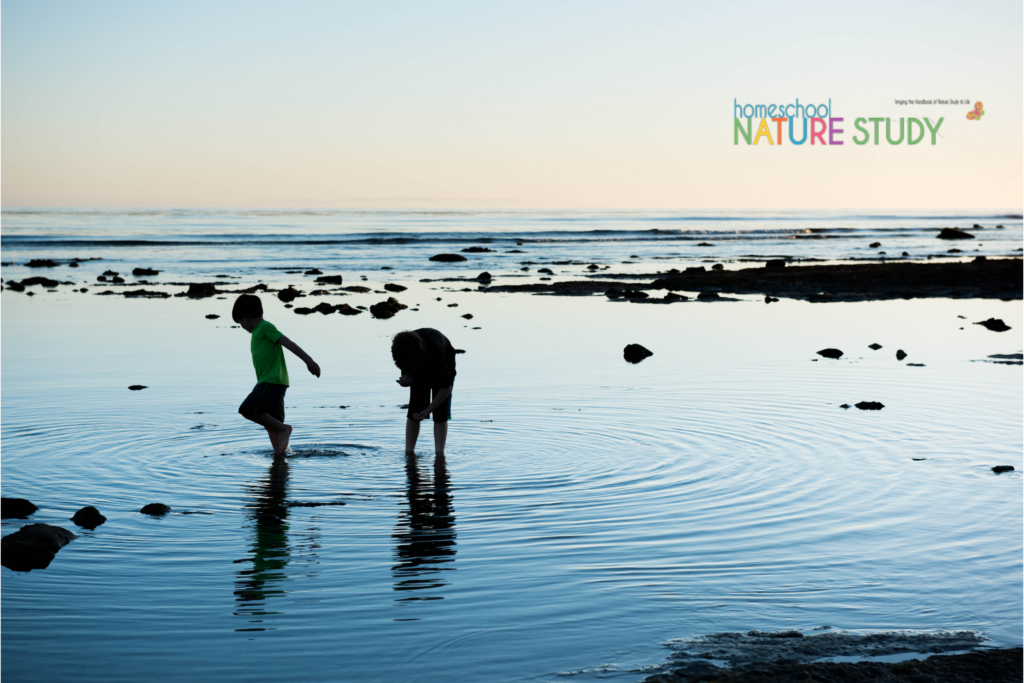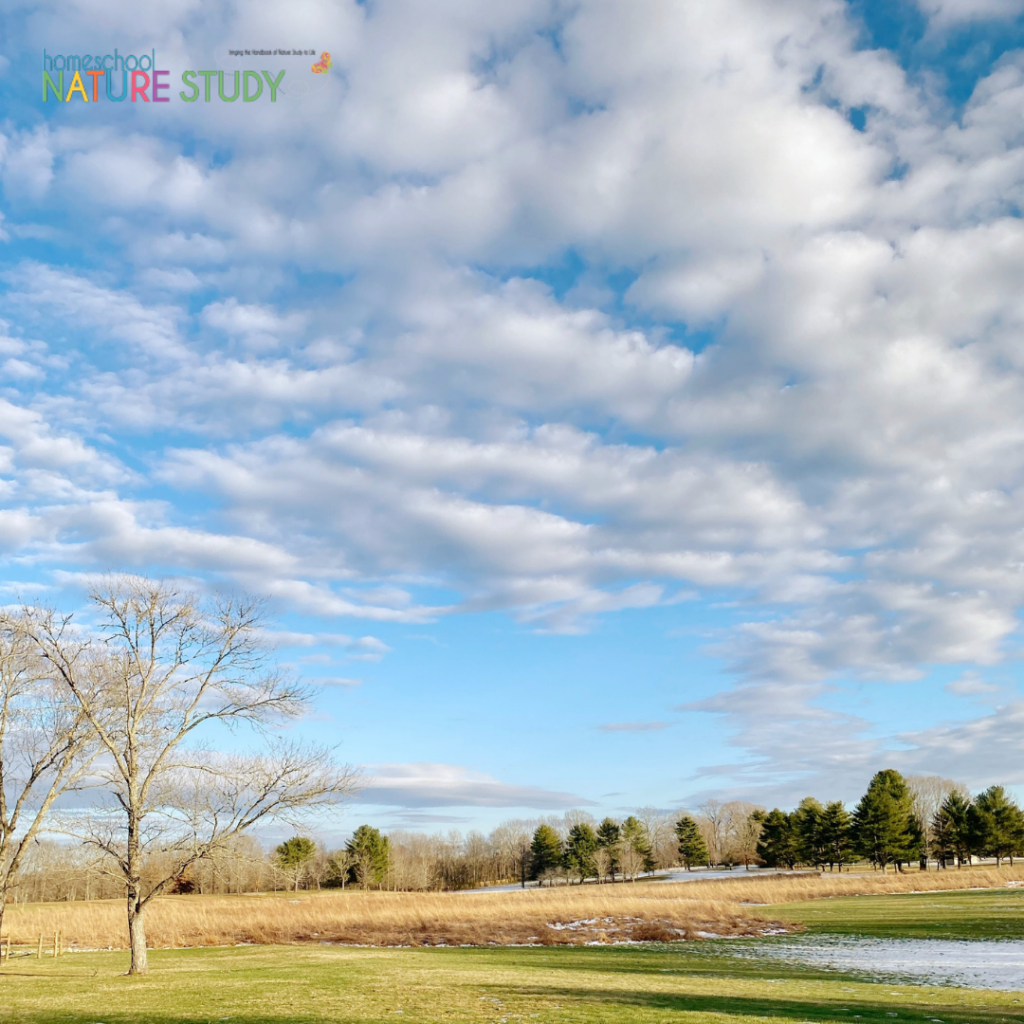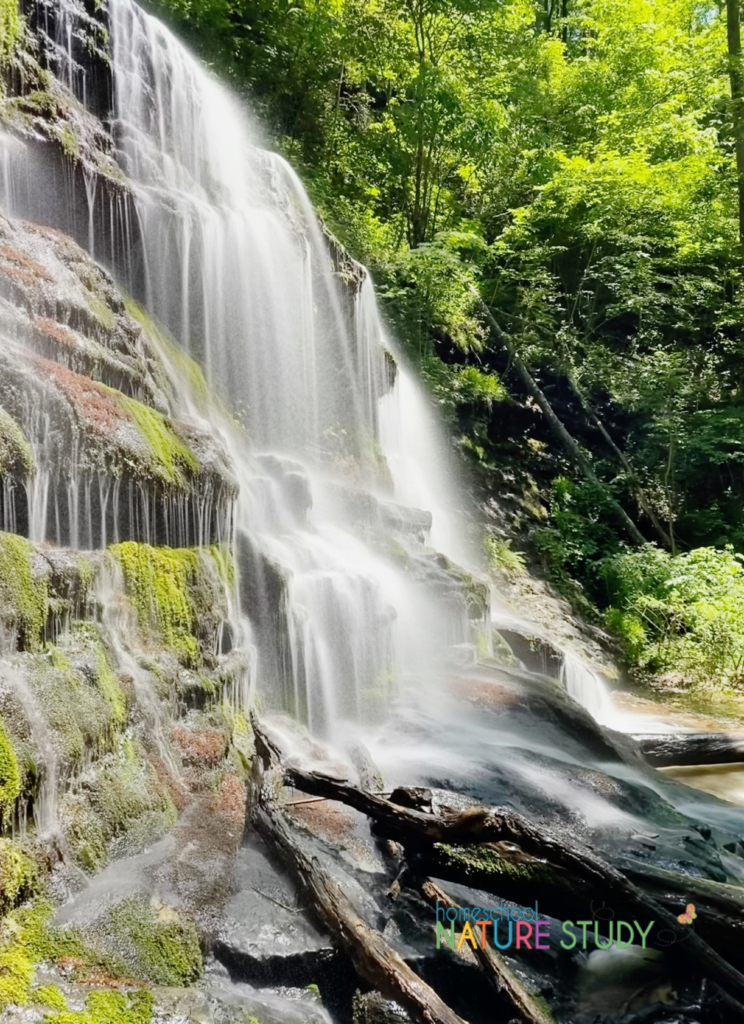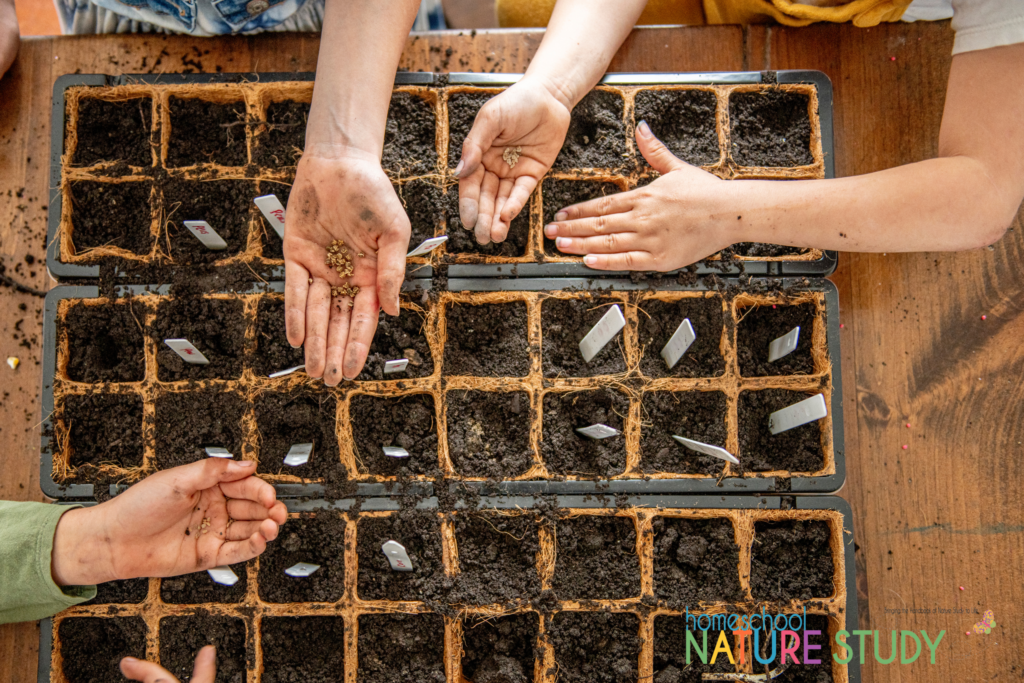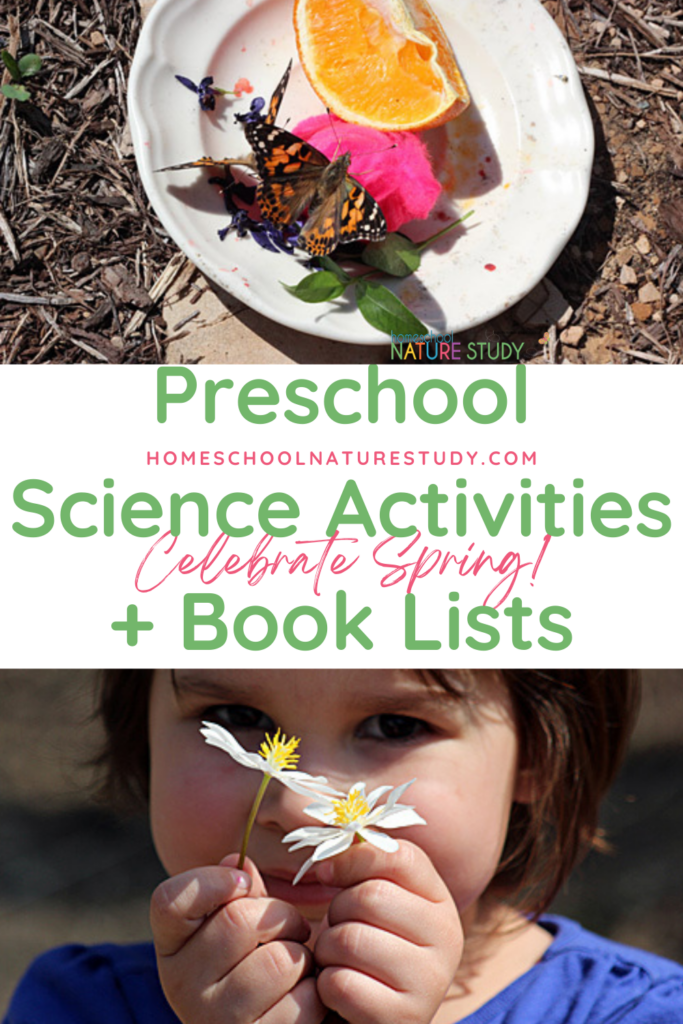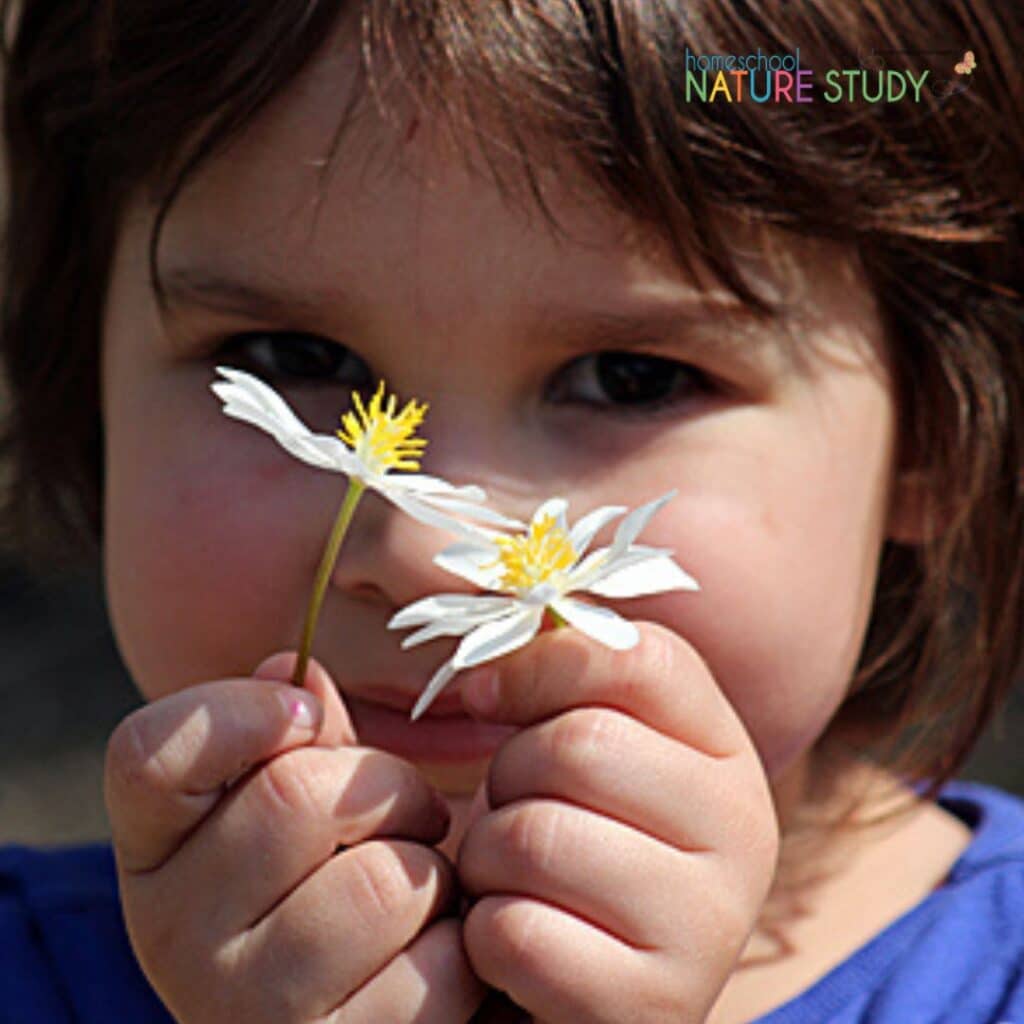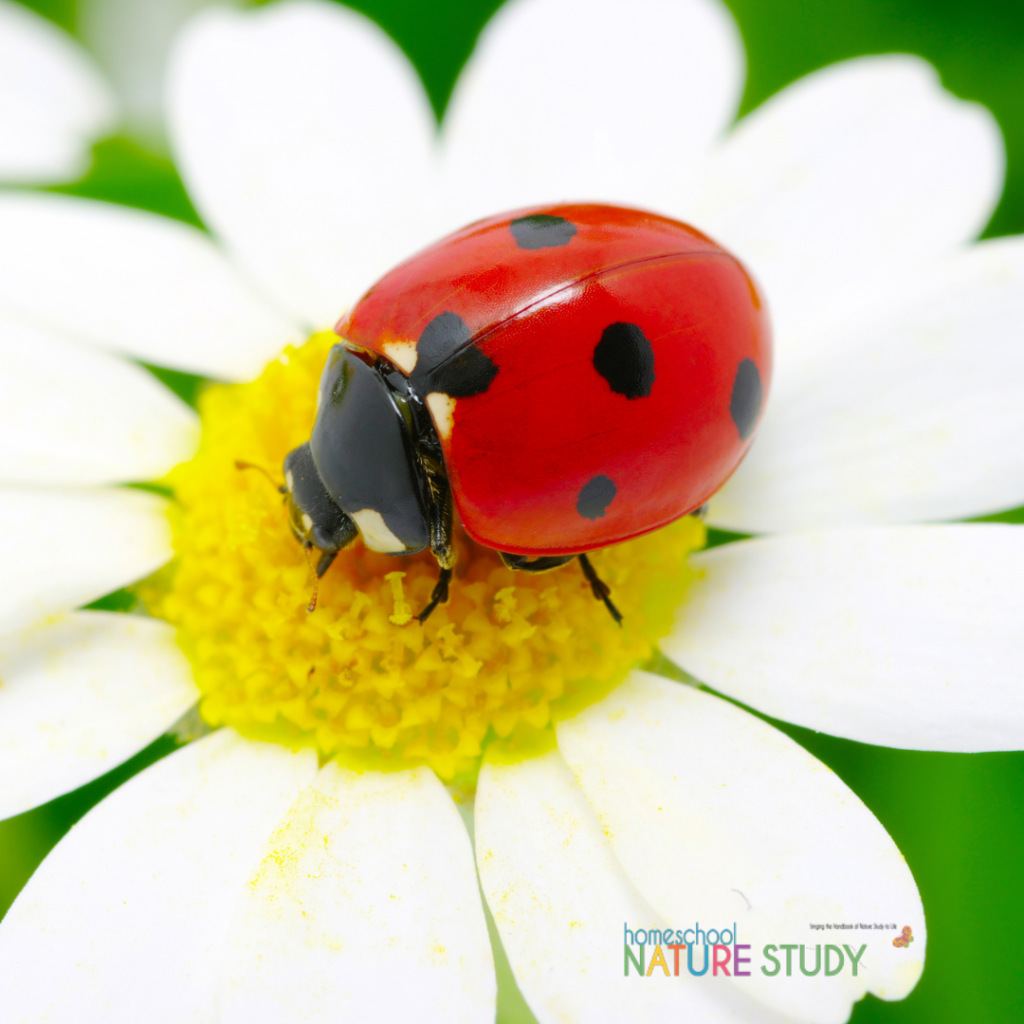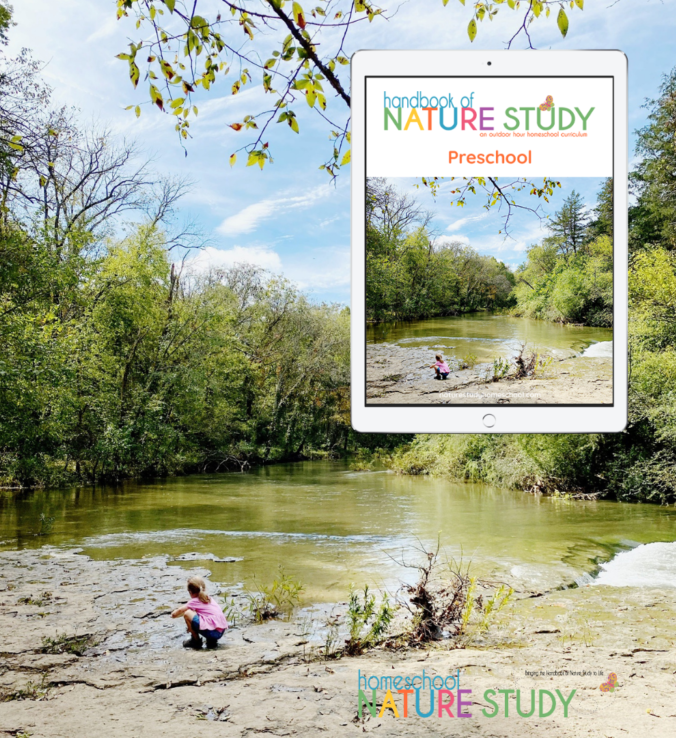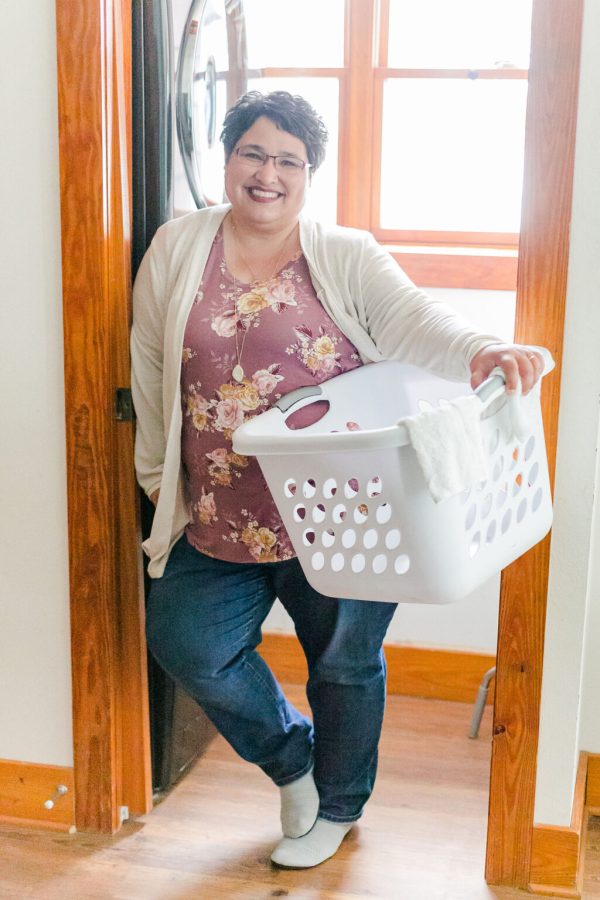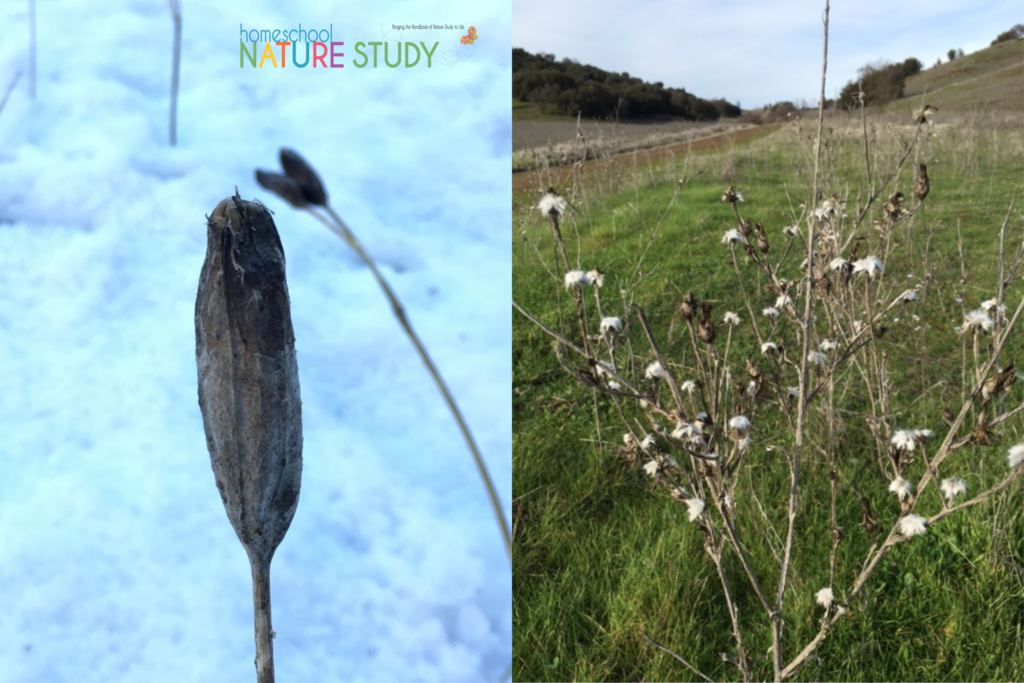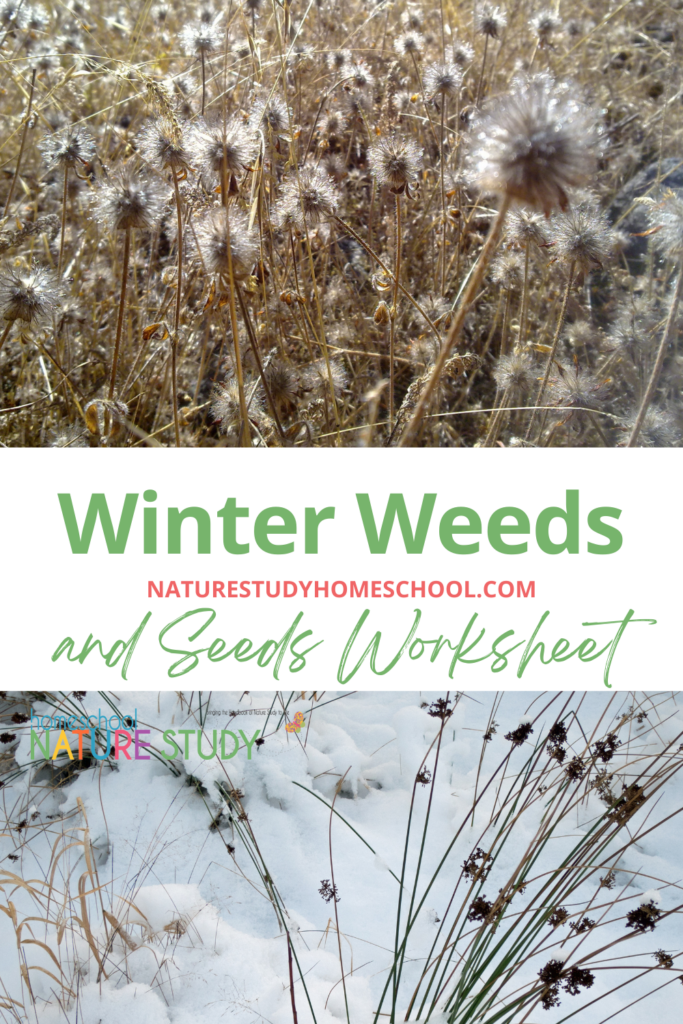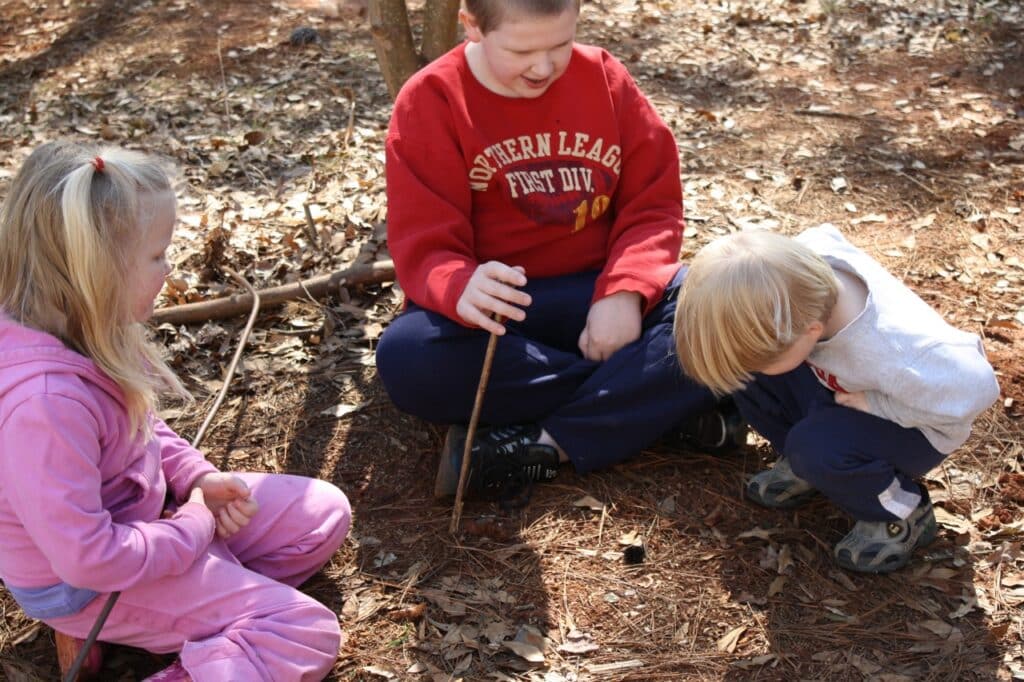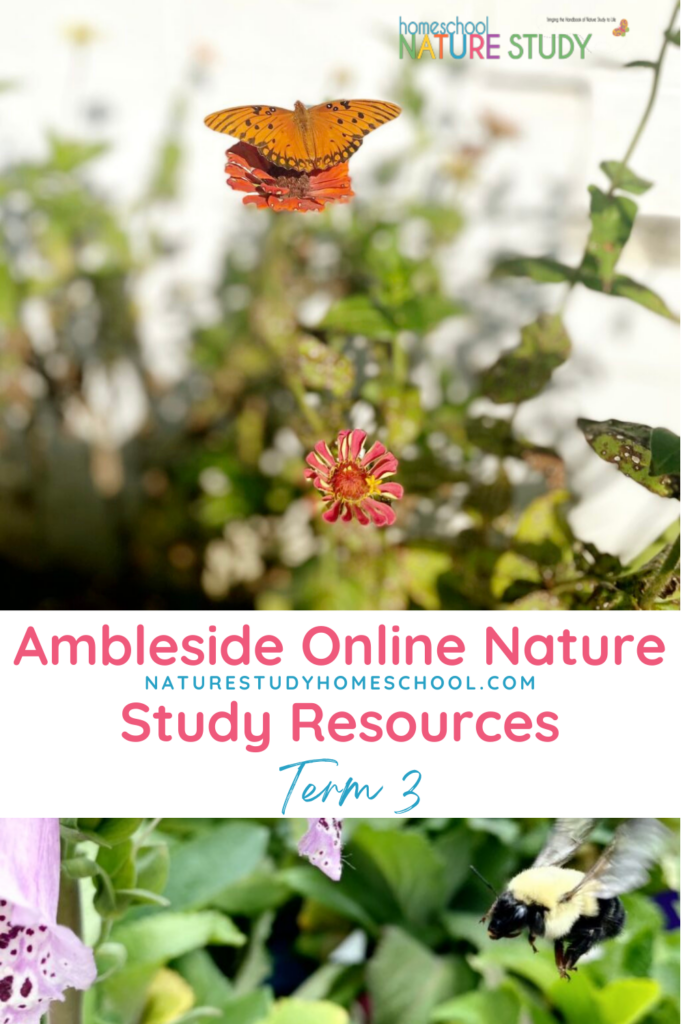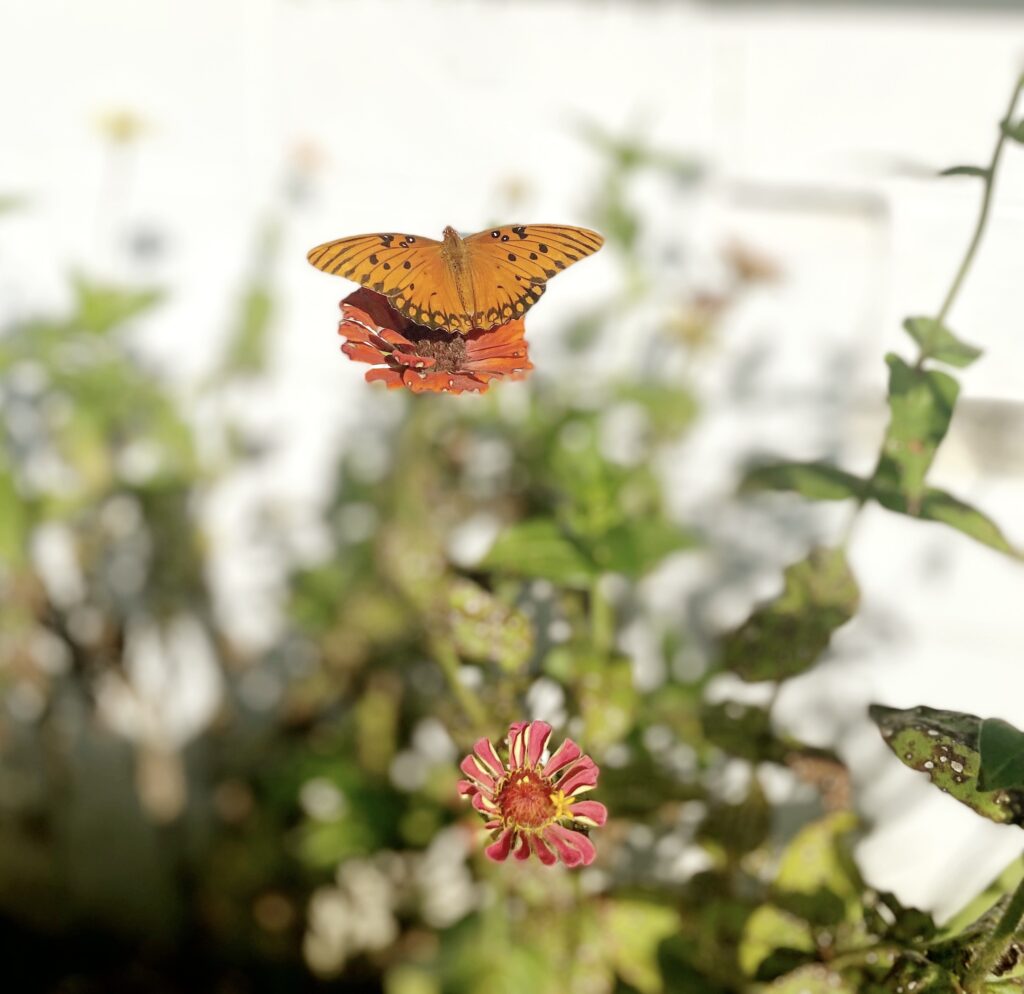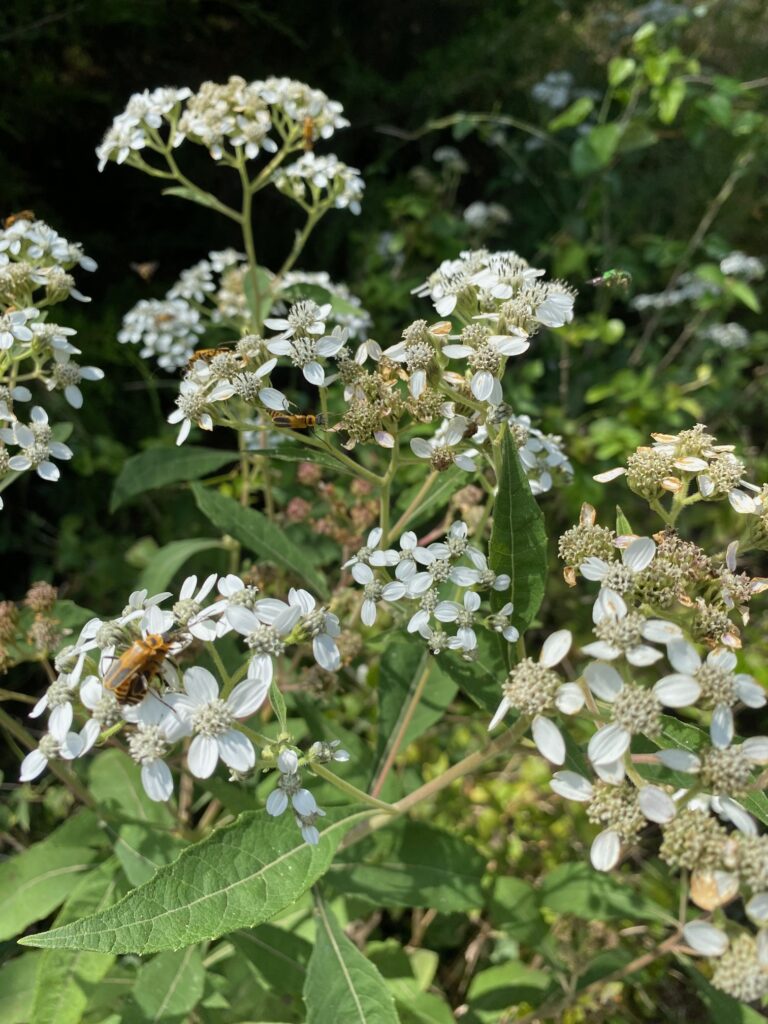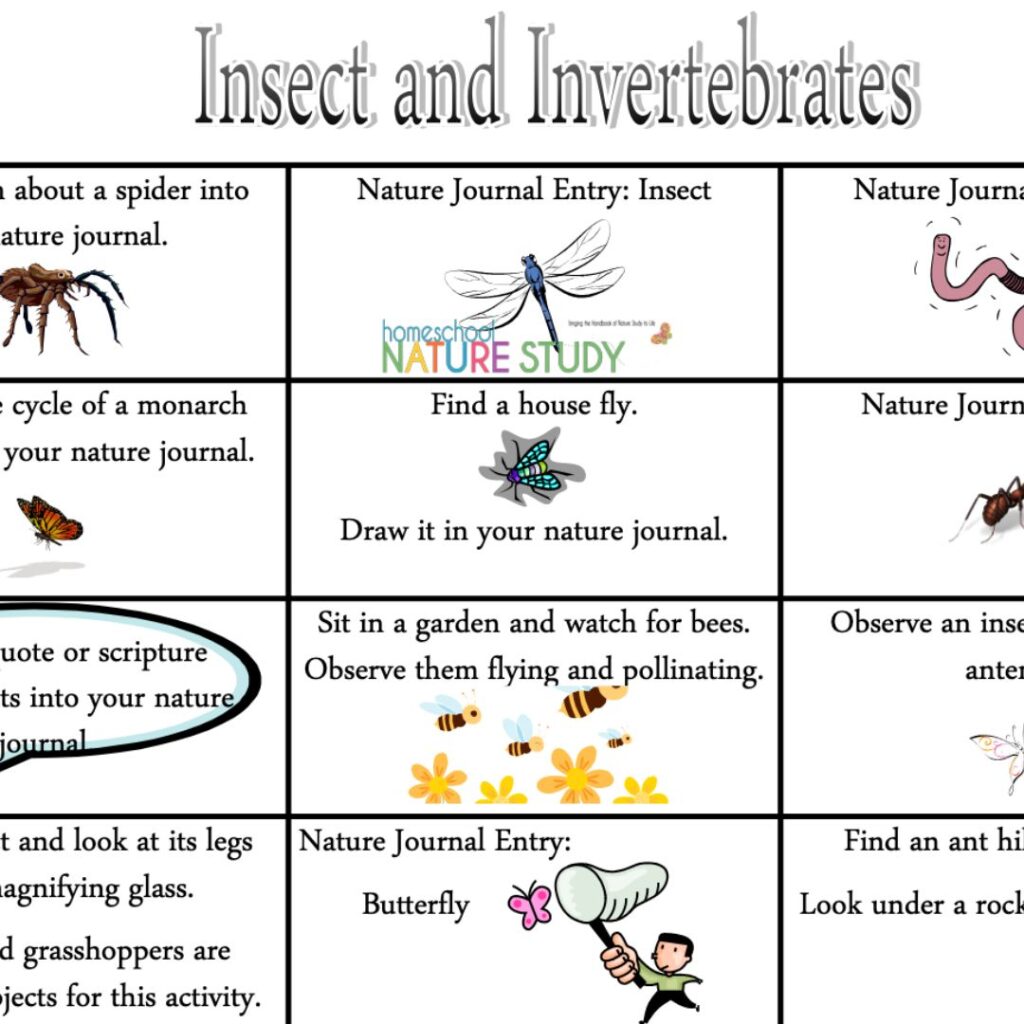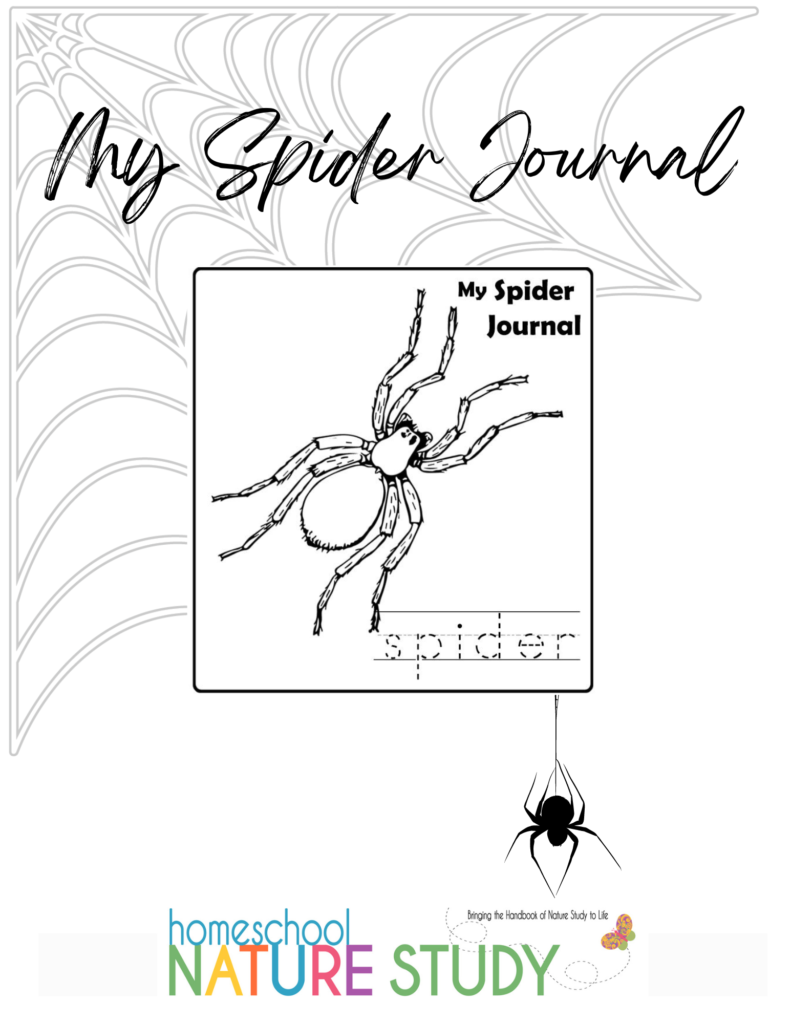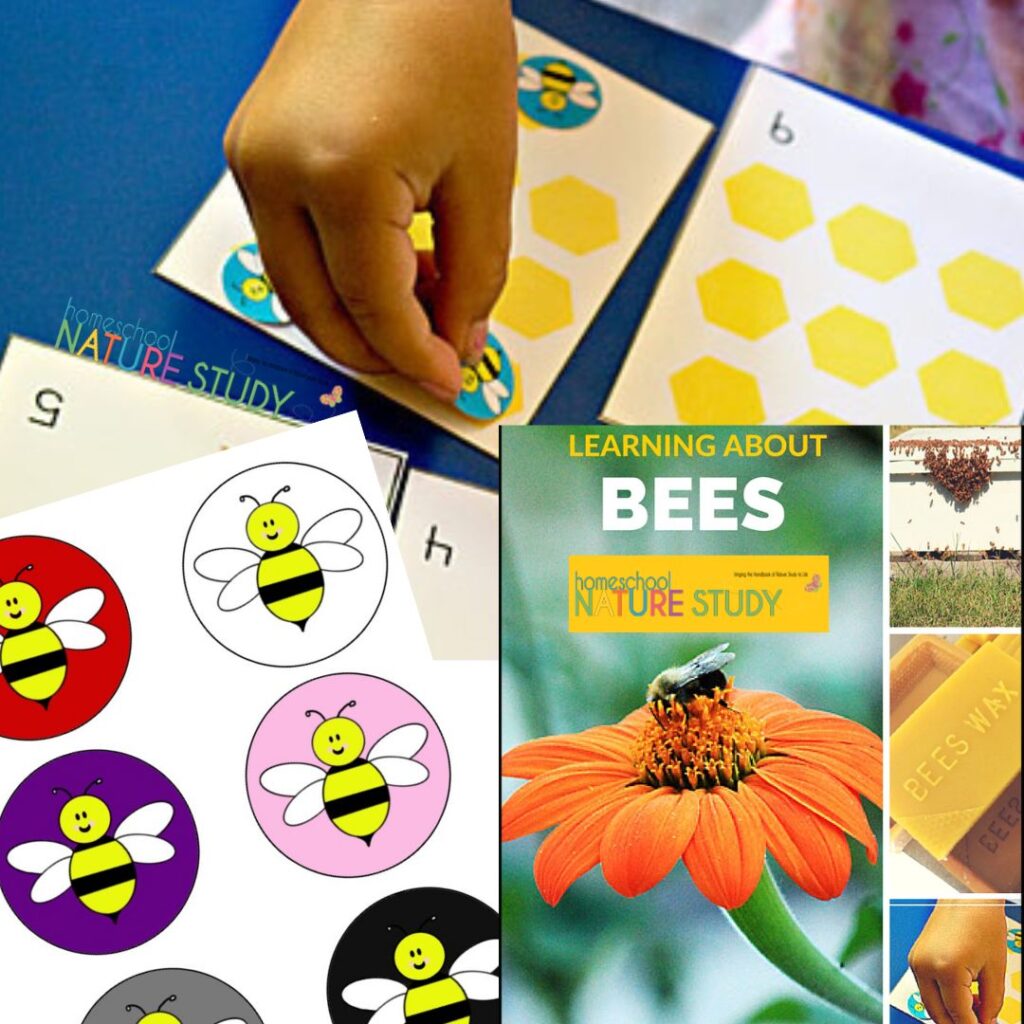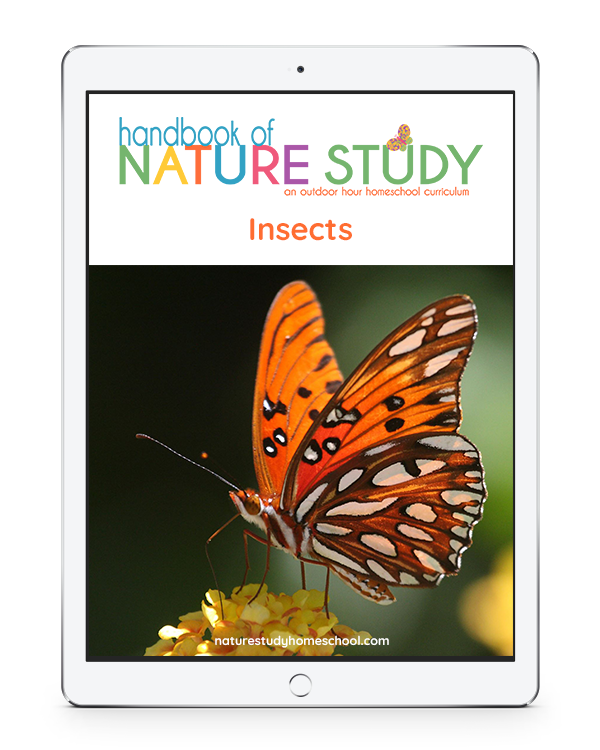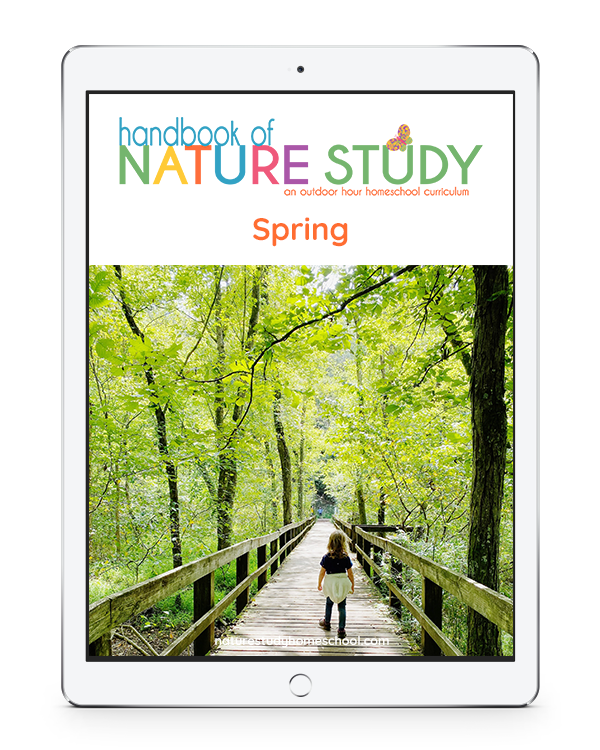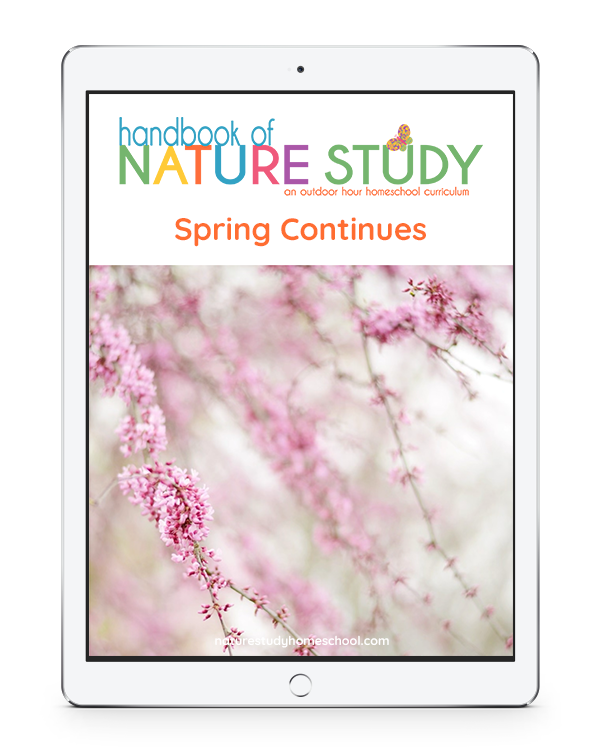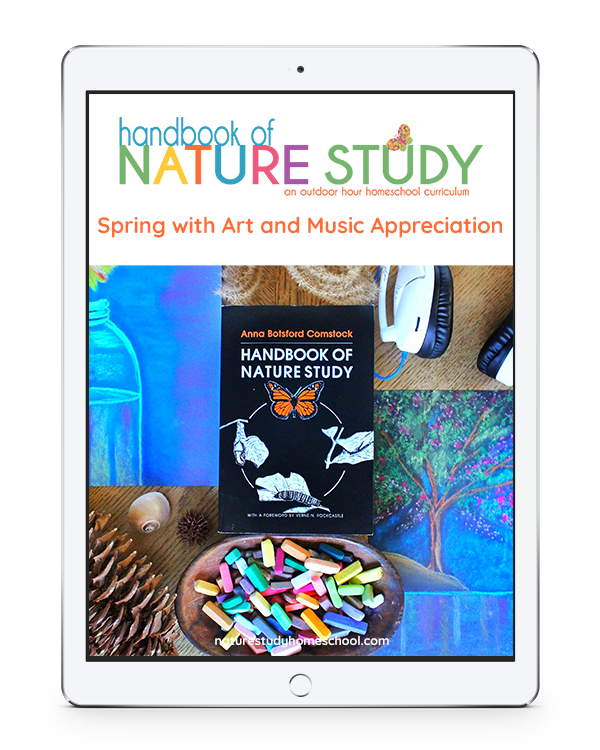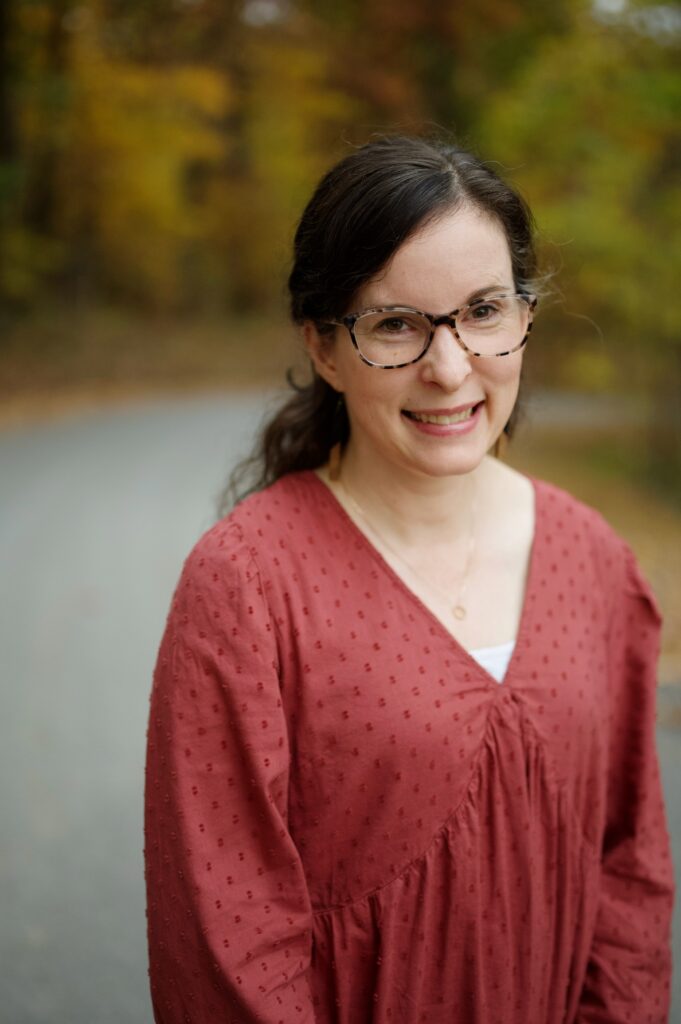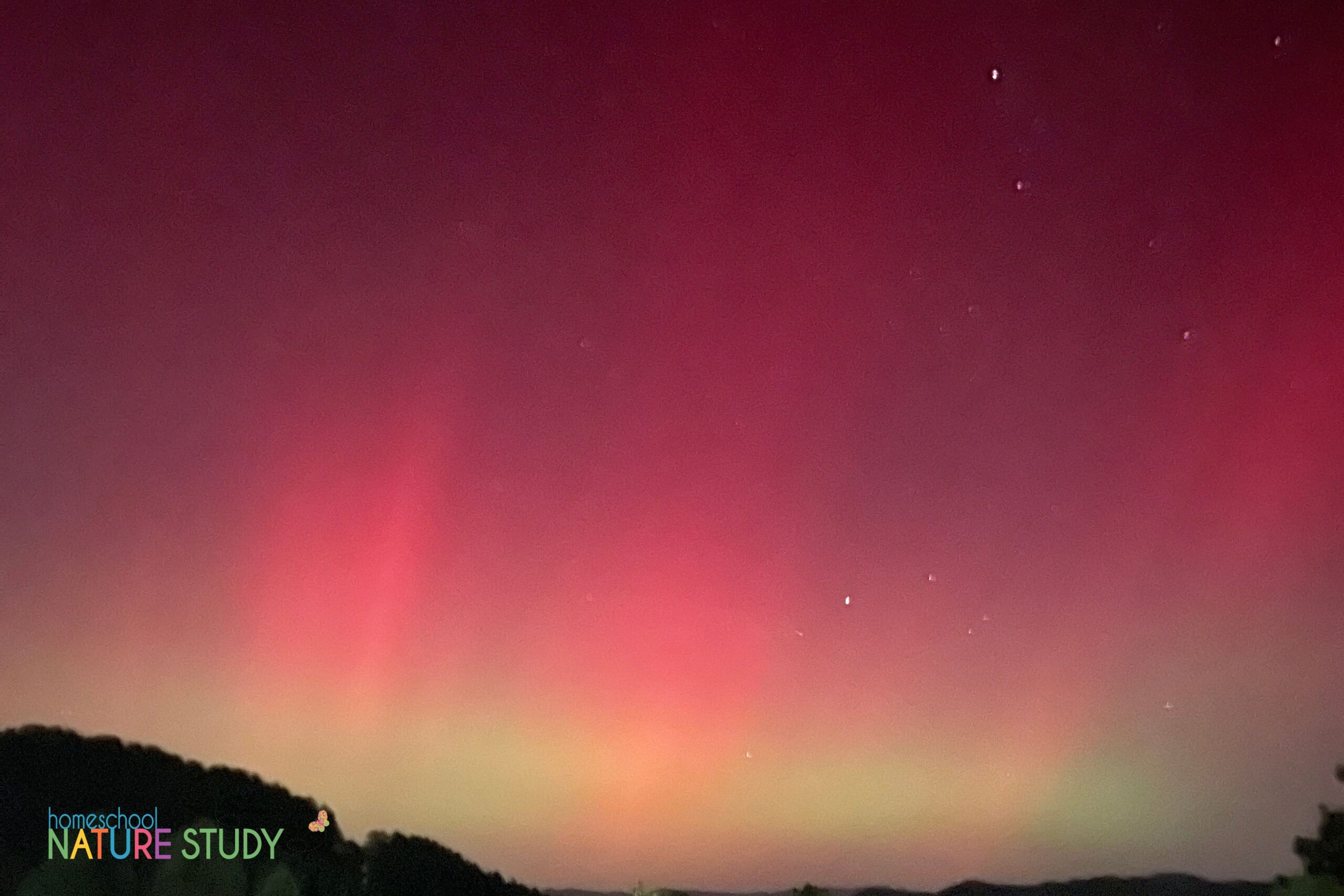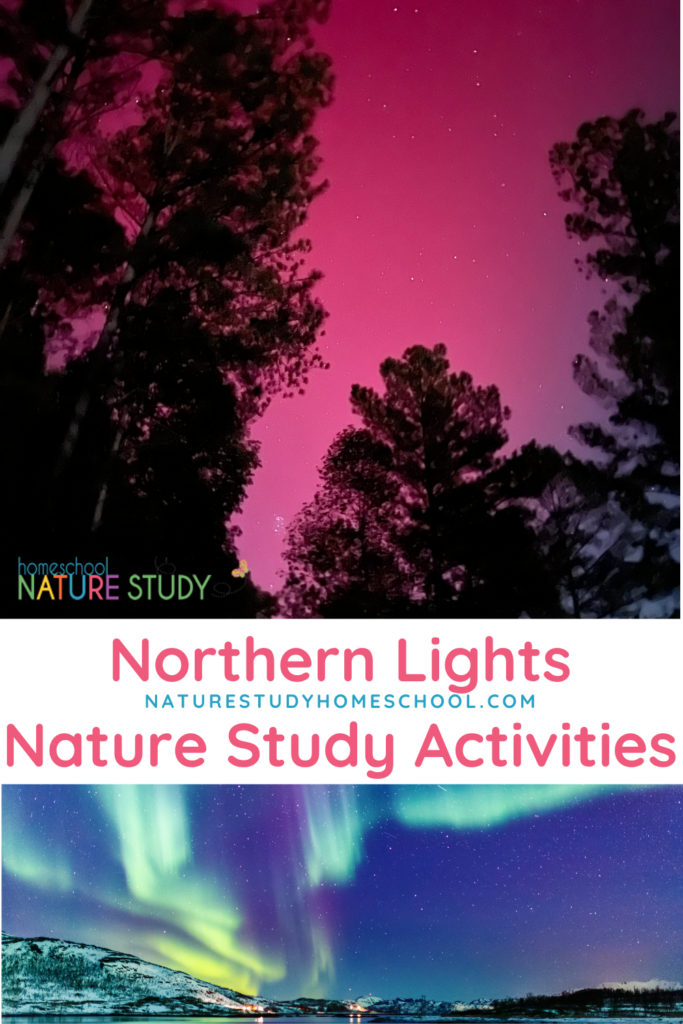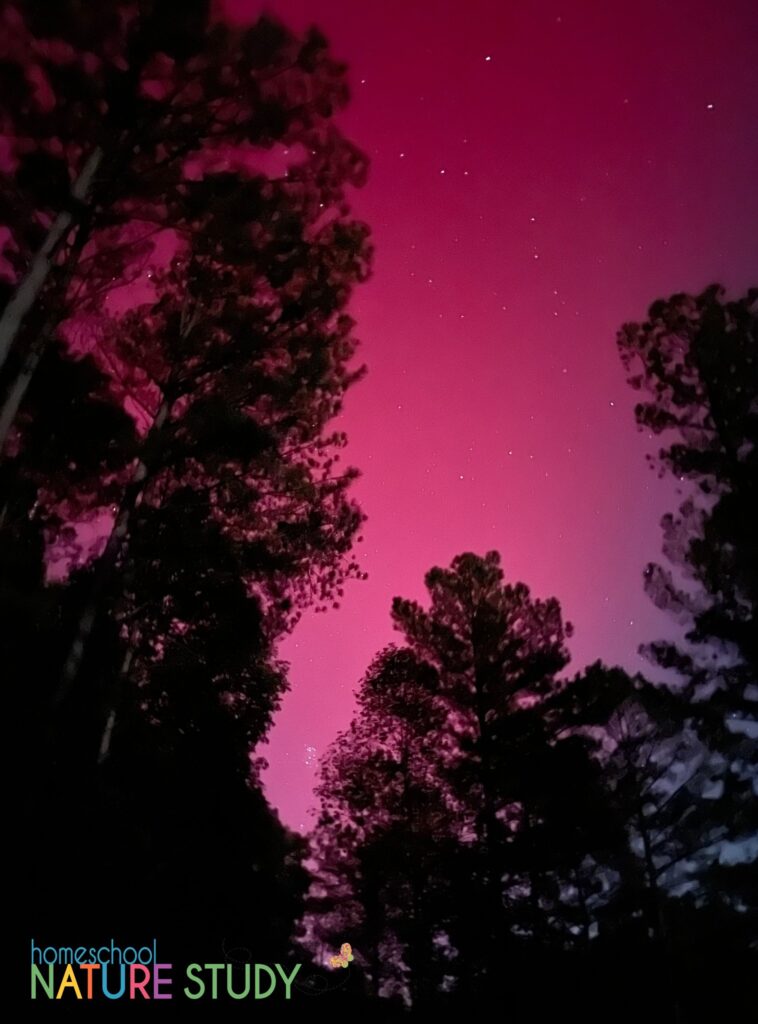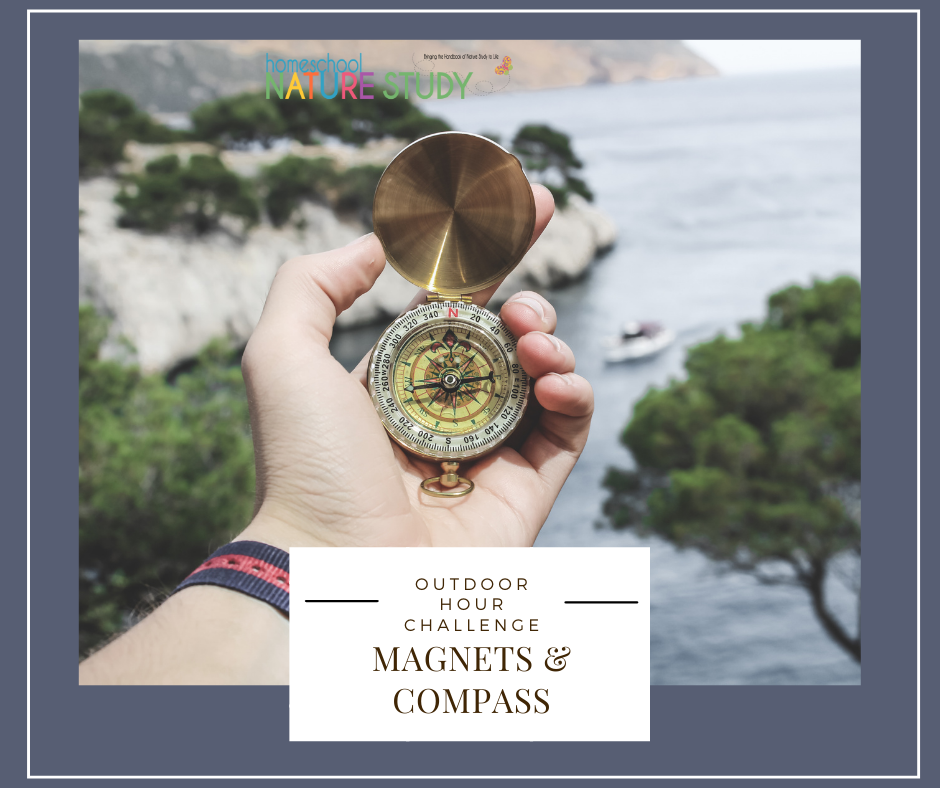
Growing plants from seeds is easy! Here are the best tips for starting seeds for a flower garden. If you are new to gardening and need some tips, I will give you some step-by-step instructions.
We use yogurt cups filled with a little potting soil to start our seeds. Follow the directions on the seed packet for seed planting depth, watering, and transplanting.
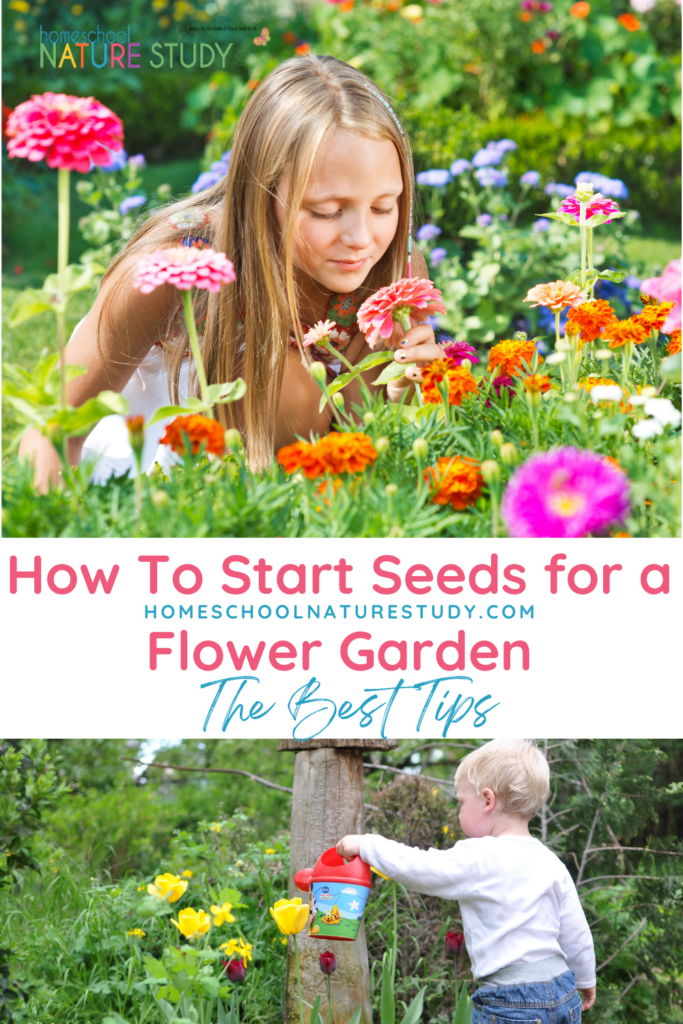
The Best Tips for Starting Seeds for a Flower Garden
Good first choices for starting seeds are sunflowers, zinnias, marigolds, and petunias. In general you can grow just about anything in a little cup or pot as long as it gets some sun and a little water each day. If it is still cold at night where you live, you may want to sprout your seeds indoors. Our weather has warmed up so we are growing ours on our back deck.
As an experiment you could keep some cups outdoors and some indoors just to see the difference in their growth. (That’s extra credit!)

Outdoor Hour Challenge (OHC): Starting Seeds for a Flower Garden
1. Begin an eight week focus on garden flowers. Follow along with us as we adventure into the garden, whether it is your own flower pot with seeds in it, a square foot garden, a park with some flowers to observe, or anything in between. Read pages 453-456 in the Handbook of Nature Study-How to Begin The Study of Plants and Their Flowers.
“The only right way to begin plant study with young children is through awakening their interest in and love for flowers.”
Handbook of Nature Study, page 453
Garden Nursery Field Trip
This would be a great week to take a field trip to a garden nursery to observe the variety of colors and textures in garden flowers that are available in your local area. While you are there, let your child pick out a flower to add to your home garden. You can pick out seeds to grow, a plant already growing in a pot, or both.
Shirley Vels shares, ” I love the idea of starting seeds in egg shells. It’s is a great way to recycle using organic materials. You can plant the entire egg shell once your seeds are strong enough, just crush the shell a little and plant straight into the ground.
Alternatively you can use cardboard egg cartons to start your seeds. Again, because cardboard will eventually degrade, you can just tear off each little segment and plant it straight into the ground. Here is a little video to get you started.”
More in Shirley’s Spring and Easter Special Homeschool Nature Study
Start Your Engines…I Mean Seeds
If you haven’t started a garden yet, pick a flower that you can grow in a container either on your back porch or in a window. (Please note that in week 16 we will all be starting sunflowers and you may wish to pick those seeds up while you are at the nursery.) If you are starting some garden flowers from seed, make sure to water them according to the directions on the package. In general you will want to keep them moist during the germination period (until you see the plant popping out of the ground).
2. Take your 10-15 minute outdoor time to look for some garden flowers in your own area. If you already have some of your own garden flowers blooming, pick one to identify and see if it is listed in the Handbook of Nature Study.
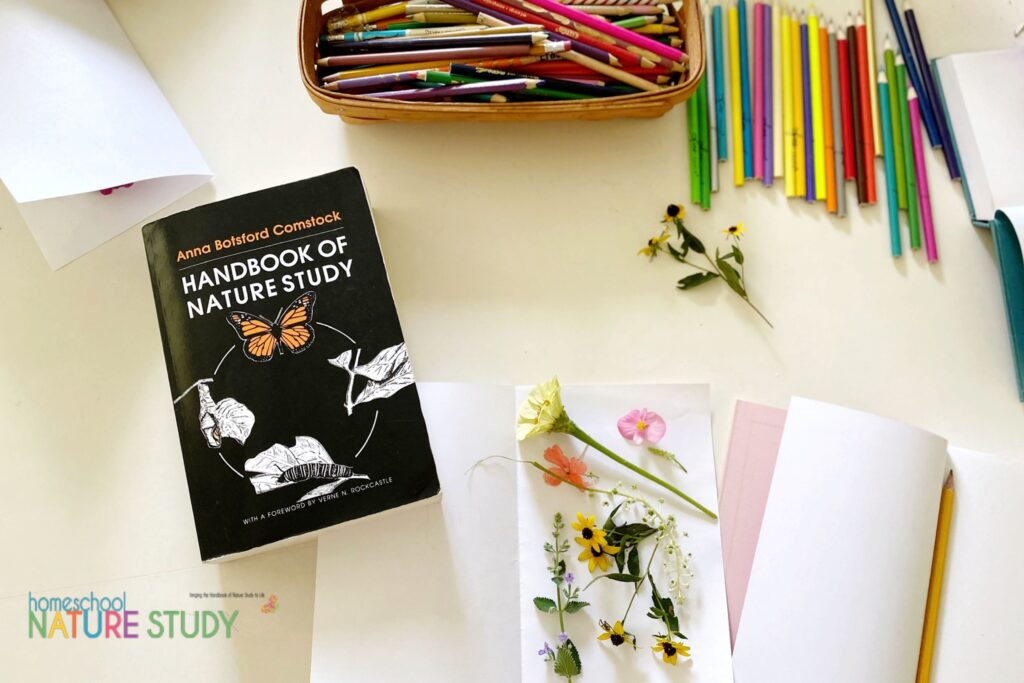
3. Start a new list in your nature journal of garden flowers that you have planted or that you have seen while on your field trip or during your outdoor time. Make sure as you start this study of garden flowers that you turn to the Handbook of Nature Study’s table of contents to the “Garden Flowers” section and mark or highlight those garden flowers listed that you think you will encounter during your nature study time. Each week pick one flower to read about before you have your OHC time and this will help you have some interesting information to share with your children. If you found a new flower during your nature time, be sure to follow up with a reading in the Handbook of Nature Study if it is listed in the book.
4. Give an opportunity for a nature journal entry. Drawing flowers is a very enjoyable experience for most children.
5. If you are going to make field guide cards for your garden flowers, start those this week. Try to make one card per week and at the end of this focus period you will have eight cards completed.
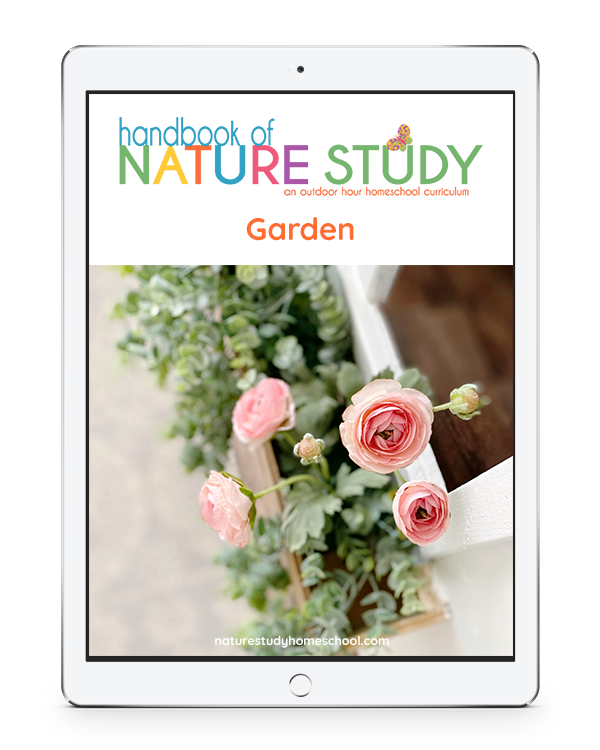
This challenge is part of our Garden course. This course has ten garden related challenges that will walk you through a study of garden flowers using the Handbook of Nature Study. In addition to the challenges already written, there will be more photos, nature journal examples, book lists, and totally new notebook pages designed to go with each of the Garden Flower Challenges.
More Garden Activities for Your Homeschool
Homeschool Garden Activities – These homeschool garden activities are perfect for your May nature studies. Includes outdoor activities and gardening tips for kids.
Gardening in Your Homeschool – As the plant world comes alive again in springtime, what better way to teach our children about nature, food, hands-on history, and practical skills than by gardening? Whether we do a formal study or make gardening a purely hands-on project, our children will learn with a homeschool garden.
Make a Good Friday Garden : A Family Easter Activity – It’s a tradition that points to Jesus and a hands on way to make memories together.
Gardening Projects for Kids: Growing Your Own Little Gardener – a book that encourages a gardening way of life..spending lots of time with your children in the outdoors in your backyard working and playing together. I love this message found throughout the book.
Get Them Gardening! Fun Garden Books for Kids – As spring starts to roll in, we turn our thoughts to finally getting outside and enjoying the nice weather. Along with this comes budding trees and growing plants, and gardening both for food and flowers. This collection of garden books for kids will help you include gardening in your homeschool.
Mother’s Day Garden activities – Paint some garden flowers for a lovely Mother’s Day gift!
12 Delightful Farm Activities for Kids – These 12 delightful farm art activities for kids include fluffy baby chicks, a tractor, a barn, ducklings, a lamb, a cow, a piglet and even the chicken life cycle. Such fun learning for your homeschool!
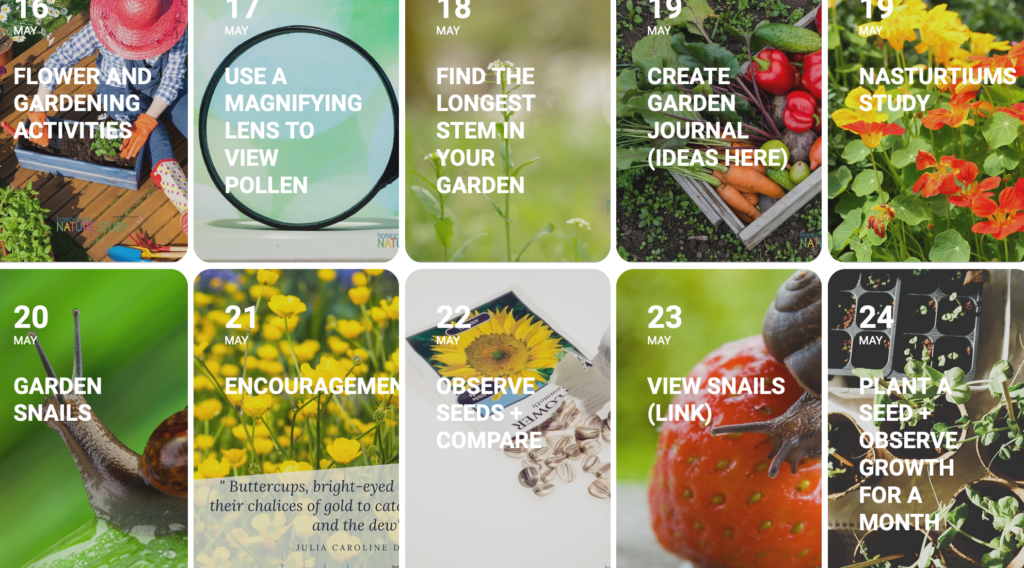
Garden Activities in Homeschool Nature Study Membership
Enjoy all of these and more in homeschool nature study membership:
- Garden Outdoor Hour Challenge Curriculum
- Herbs Outdoor Hour Challenge Curriculum (annual members)
- Flower and Gardening Activities and Notebook Pages
- Learning leaf parts
- Poppies and buttercups
- Ferns
- Looking for pollen
- Pressing flowers
- How to draw flowers
- Learning flower parts and dissection of flowers
- The garden snail
- Garden Seed Ideas
- and MUCH more!

Coronation Crown Nature Craft for Homeschool Nature Study Members
Victoria Vels shares, “May’s nature craft has landed for our lovely members and we’re feeling rather patriotic with these stunning Nature Coronation Crowns.”
You will find hundreds of homeschool nature studies plus all the Outdoor Hour Challenges in our Homeschool Nature Study membership. There are 25+ continuing courses with matching Outdoor Hour curriculum that will bring the Handbook of Nature Study to life in your homeschool! In addition, there is an interactive monthly calendar with daily nature study prompt – all at your fingertips!
Be inspired. Be encouraged. Get outdoors!
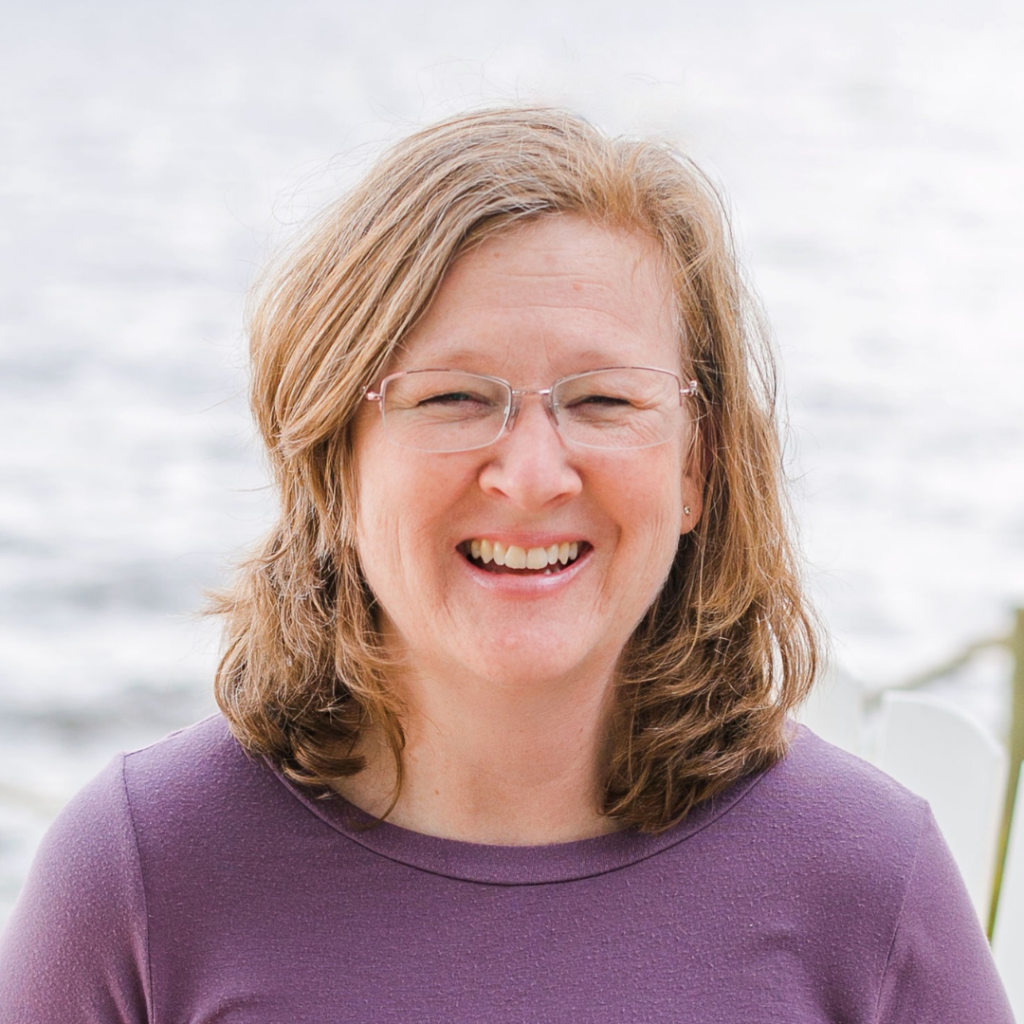
Tricia and her family fell in love with the Handbook of Nature Study and the accompanying Outdoor Hour Challenges early in their homeschooling. The simplicity and ease of the weekly outdoor hour challenges brought joy to their homeschool and opened their eyes to the world right out their own back door! She shares the art and heart of homeschooling at You ARE an ARTiST and Your Best Homeschool plus her favorite curricula at The Curriculum Choice. She and her husband, Steve, are also publishers of Unit Studies by Amanda Bennett.
By Barb McCoy May 2008, updated by Tricia Hodges April 2025






